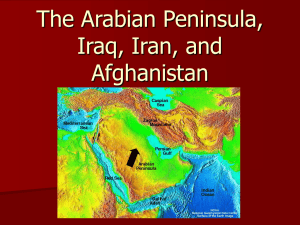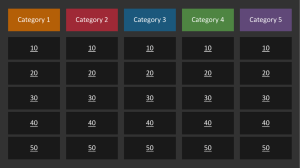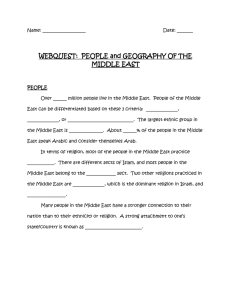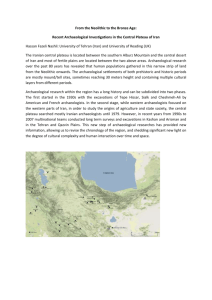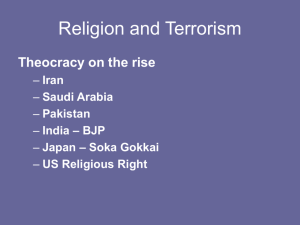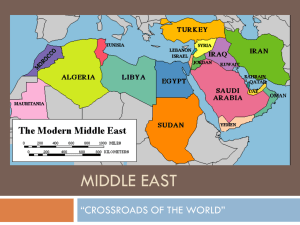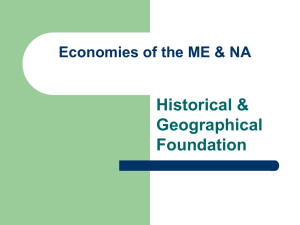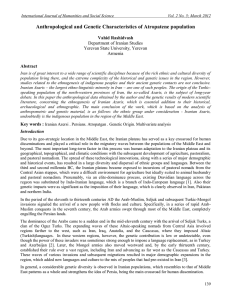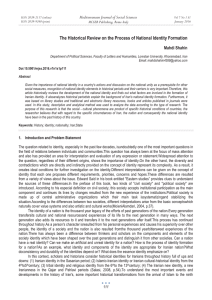SOUTHWEST ASIA & NORTH AFRICA (aka MIDDLE EAST) The
advertisement
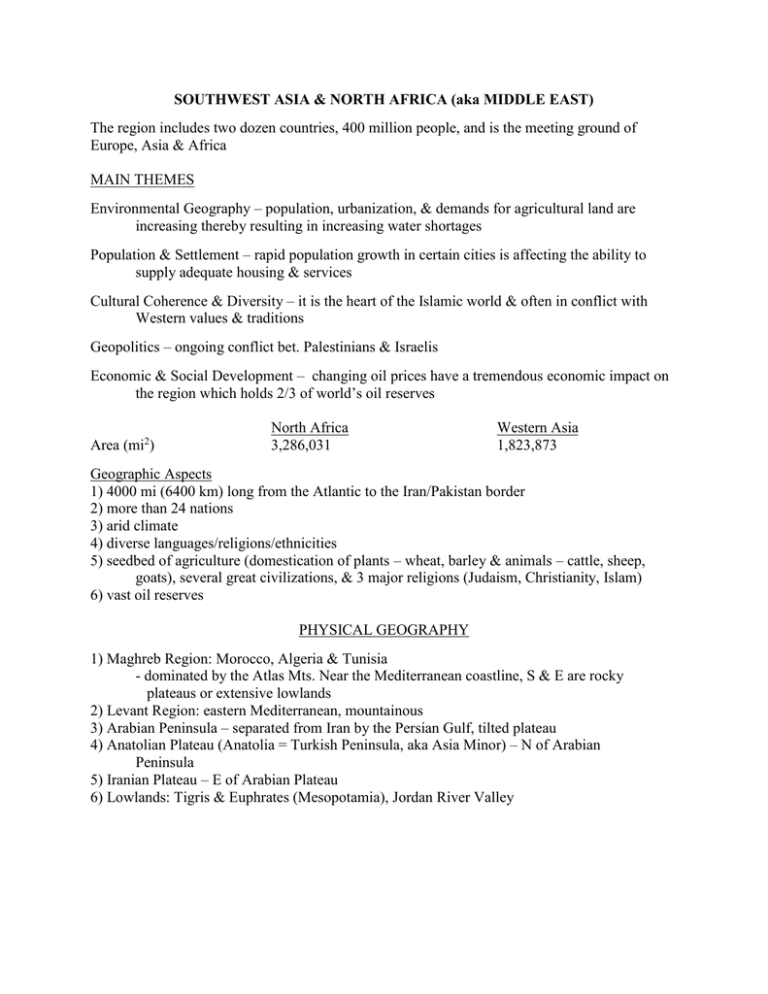
SOUTHWEST ASIA & NORTH AFRICA (aka MIDDLE EAST) The region includes two dozen countries, 400 million people, and is the meeting ground of Europe, Asia & Africa MAIN THEMES Environmental Geography – population, urbanization, & demands for agricultural land are increasing thereby resulting in increasing water shortages Population & Settlement – rapid population growth in certain cities is affecting the ability to supply adequate housing & services Cultural Coherence & Diversity – it is the heart of the Islamic world & often in conflict with Western values & traditions Geopolitics – ongoing conflict bet. Palestinians & Israelis Economic & Social Development – changing oil prices have a tremendous economic impact on the region which holds 2/3 of world’s oil reserves Area (mi2) North Africa 3,286,031 Western Asia 1,823,873 Geographic Aspects 1) 4000 mi (6400 km) long from the Atlantic to the Iran/Pakistan border 2) more than 24 nations 3) arid climate 4) diverse languages/religions/ethnicities 5) seedbed of agriculture (domestication of plants – wheat, barley & animals – cattle, sheep, goats), several great civilizations, & 3 major religions (Judaism, Christianity, Islam) 6) vast oil reserves PHYSICAL GEOGRAPHY 1) Maghreb Region: Morocco, Algeria & Tunisia - dominated by the Atlas Mts. Near the Mediterranean coastline, S & E are rocky plateaus or extensive lowlands 2) Levant Region: eastern Mediterranean, mountainous 3) Arabian Peninsula – separated from Iran by the Persian Gulf, tilted plateau 4) Anatolian Plateau (Anatolia = Turkish Peninsula, aka Asia Minor) – N of Arabian Peninsula 5) Iranian Plateau – E of Arabian Plateau 6) Lowlands: Tigris & Euphrates (Mesopotamia), Jordan River Valley CLIMATE Aridity dominates with the Sahara Desert dominating south of the Atlas Mts. & the Arabian Desert across the Red Sea; world’s record high (136 °F, 58 °C) was recorded in Libya. Northern Morocco, Algeria, Tunisia & the Levant coastline experience a Mediterranean climate. ENVIRONMENTAL GEOGRAPHY 1) Deforestation has long been a problem in SW Asia & N Africa; the more elevated lands once had forests & now have grass & scrub. The deforestation has resulted in deterioration of the water supplies & soil erosion 2) Salinization has also long been a problems a result of irrigation & has affected hundreds of thousands of acres 3) Groundwater is being depleted POPULATION & SETTLEMENT Large areas are devoid of human settlement & the better areas suffer from overpopulation. The physiological density (# of people/unit of arable land) is among the world’s highest. In the Maghreb, most of the population is along the coast & in Egypt along the Nile River Valley. In the Levant, most of the population is also along the coast. Other population clusters are found along river valleys, the Yemen Highlands, & oases. Pastoral nomadism (ex: Arabian Bedouins, N. African Berbers, Iranian Bakhtiaris) is common in the drier portions Migration 1) rural to urban (ex: Saudi Arabia: 1950 – 18%, today – 86%) 2) migration within the region to areas of job opportunities (> 70% of Saudi workforce are foreigners, in Dubai 80% of the population are foreign workers) 3) migration outside the area for jobs & because of politics (e.g. Lebanon & Iran) 4) Jews to Israel CULTURAL COHERENCE & DIVERSITY Religion Religion dominates the lives of most people within the region as opposed to the secular life in many other parts of the world. In this region, monotheism became important & is a major aspect of Judaism, Christianity & Islam. Judaism dates back to Abraham about 4000 y.a., Christianity to Christ about 2000 y.a. & Islam to Mohammed in 622 AD. Muslims accept Moses & Jesus as prophets and that the Old & New Testaments are basically accurate. Their holy book is the Koran (Quran) which dictates how to lead their life and is based on the Five Pillars of Faith: 1) proclamation of the faith 2) pray 5x/day facing Mecca 3) almsgiving 4) fasting during Ramadan 5) Hajj Islam consists of two major branches: Shiites & Sunnis (main branch). By the 13th C, most people in the region were Moslems &, except for Israel & Cyprus, are a majority in all countries in the region. Shiites dominate in Iran, southern Iraq, Lebanon, Sudan, & Bahrain Language 1) Afro-Asiatic languages dominate w? Arabic being the main one; however it has many dialects. Hebrew is spoken in Israel & Berber in the Atlas Mts. & the Sahara 2) Indo-European languages: Persian dominates in the Iranian Plateau & Kurdish in N. Iraq, NW Iran & E Turkey 3) Altaic languages mostly in Turkey

